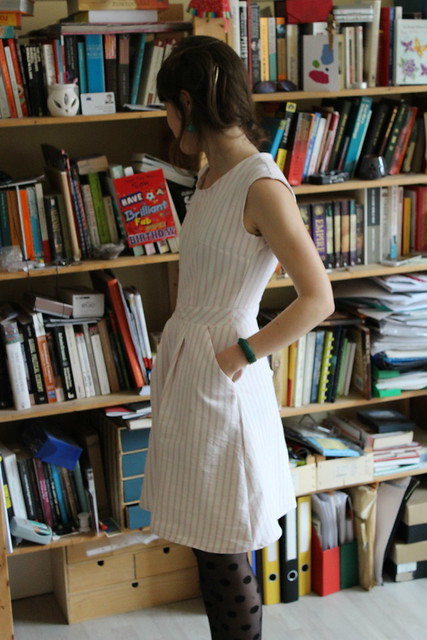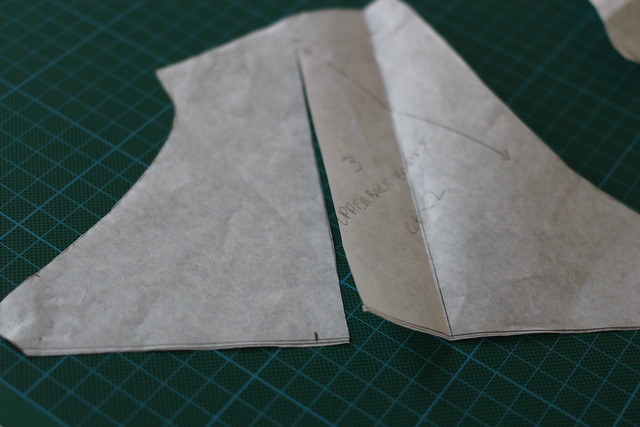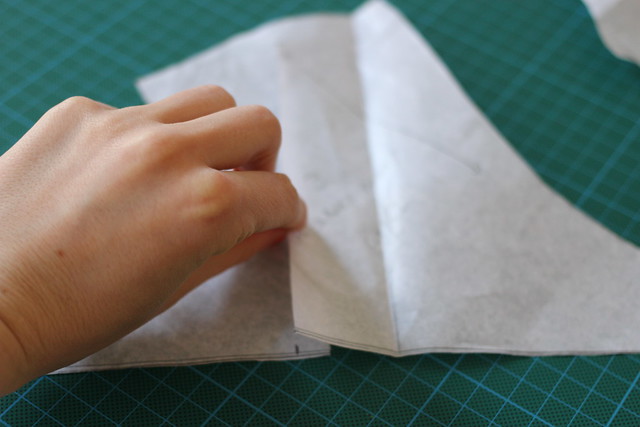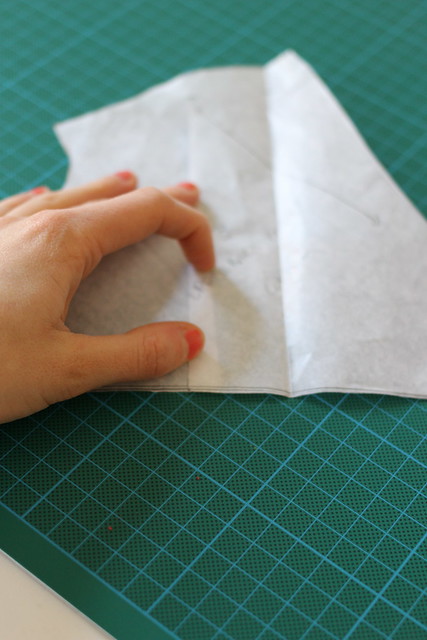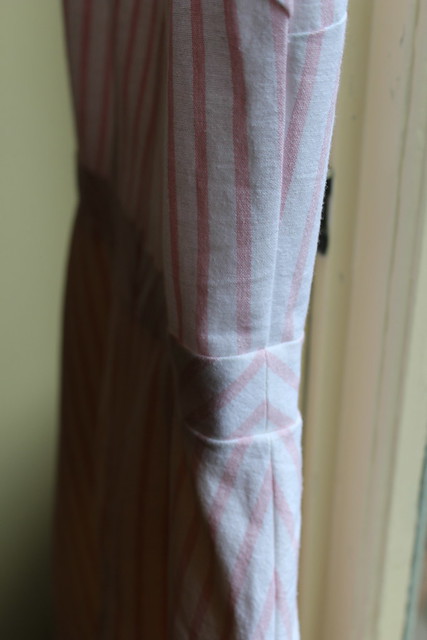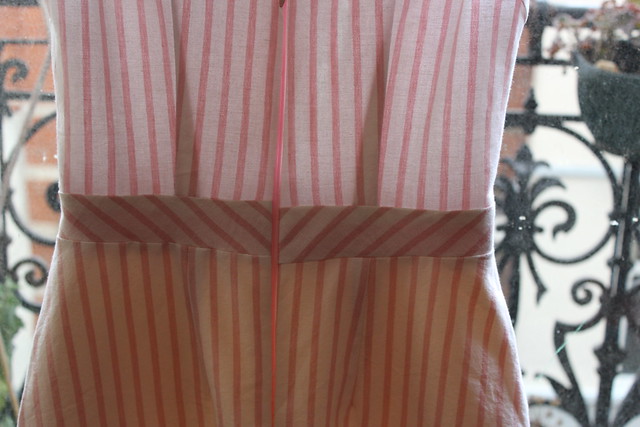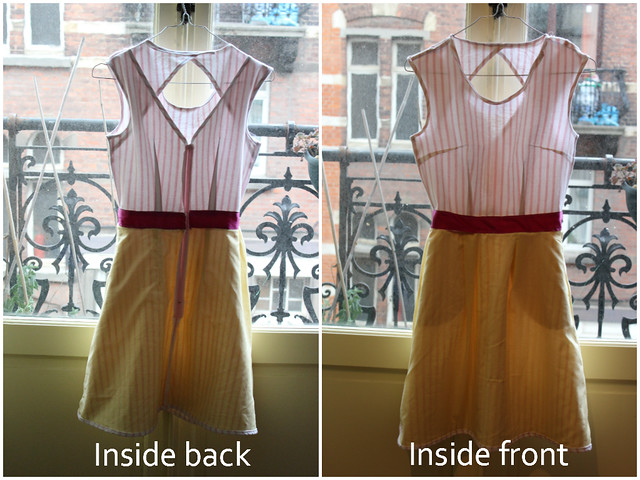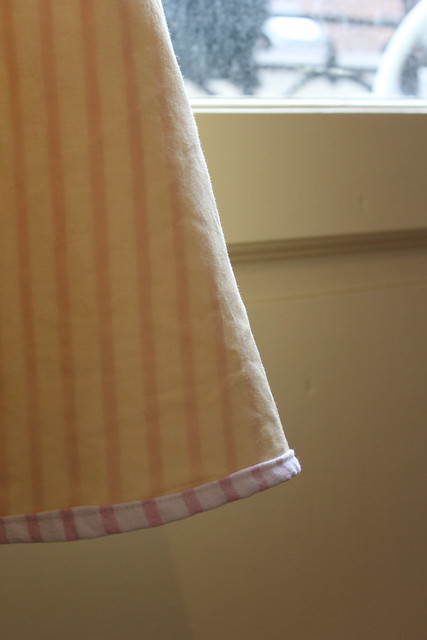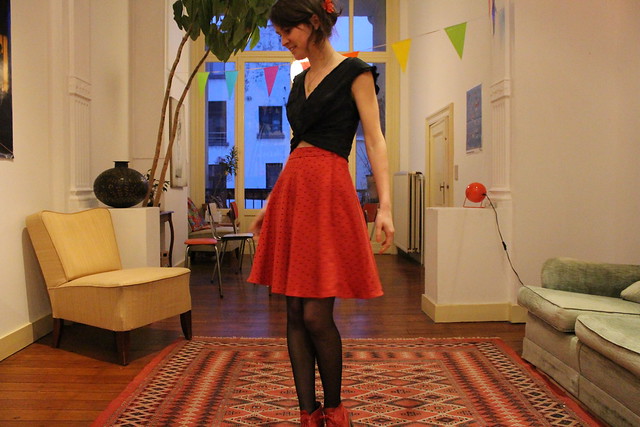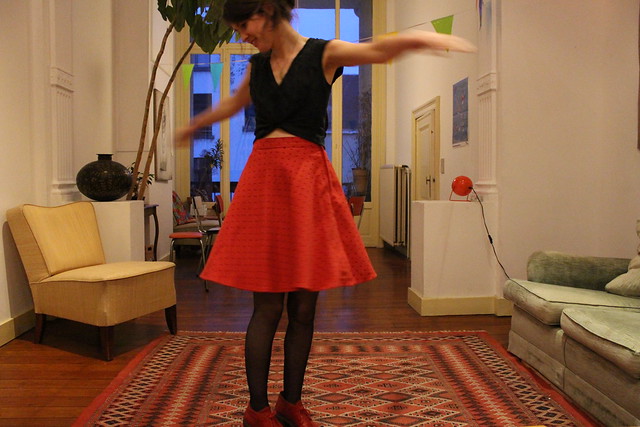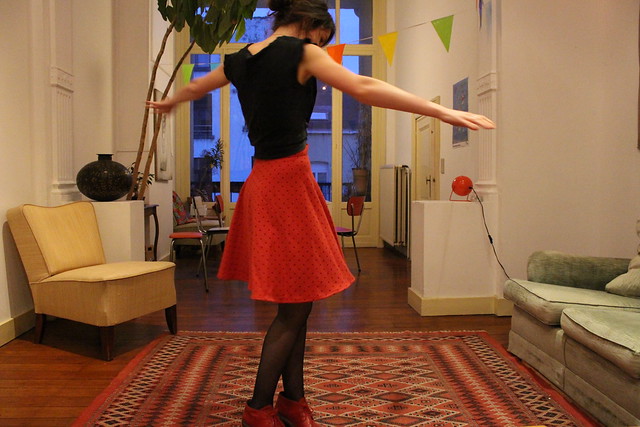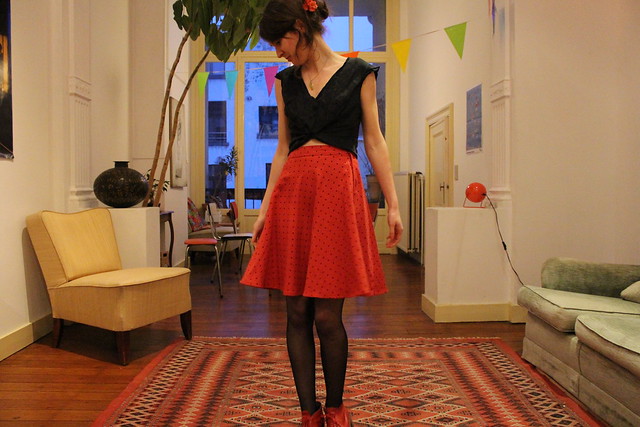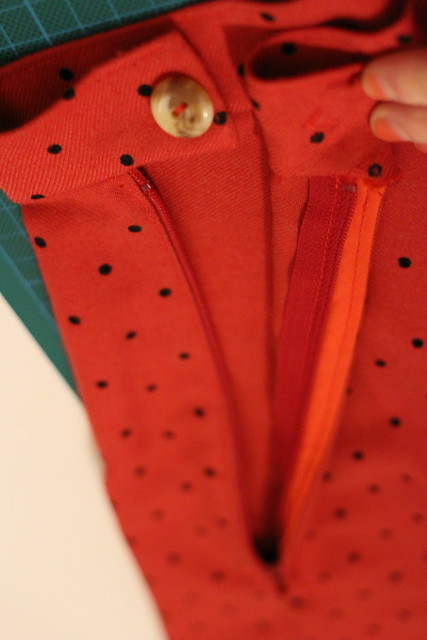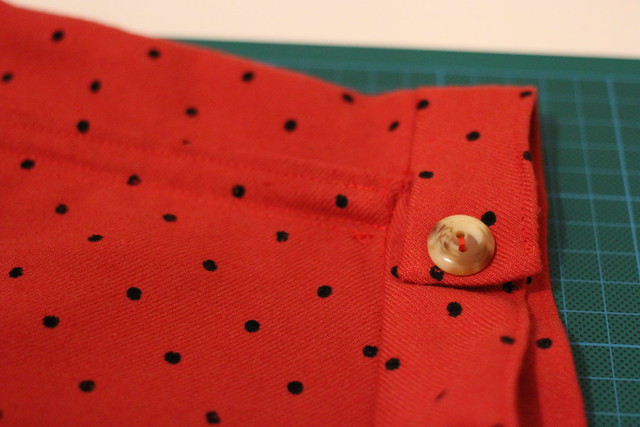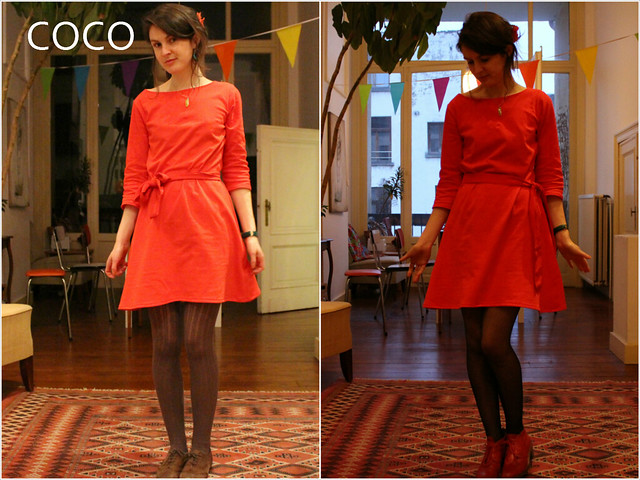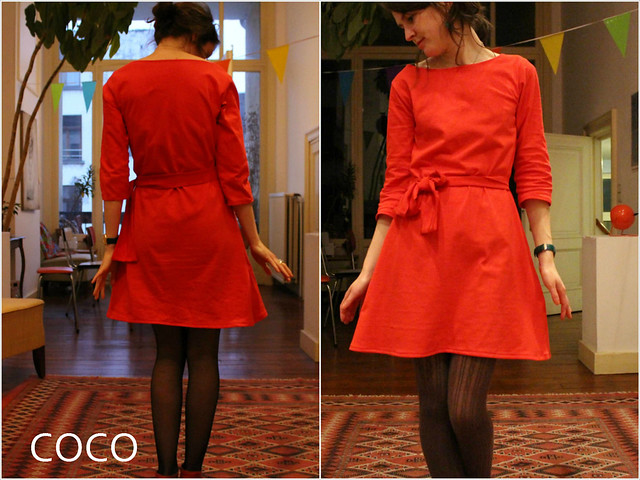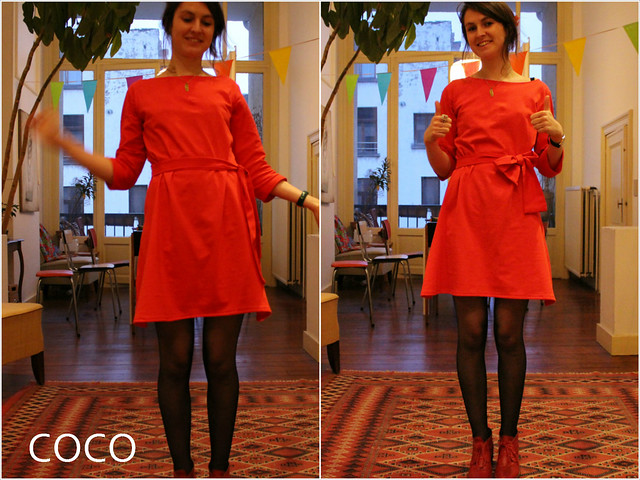On 24 April it will be the one year anniversary of the Rana Plaza garment
factory disaster in Bangladesh, where 1,127 workers were killed and thousands
more were injured when the building they worked in collapsed on top of them.
The images from Bangladesh exposed the treacherous conditions workers, mostly
women, and some as young as 12, are forced to work in to make clothes for
western brands.
This horrific disaster, the worst disaster in the history of the global garment industry, highlighted in the starkest terms the horrible reality behind the goods we buy that are often produced under exploitative conditions. And while it's something we are all pretty aware of, most of us feel quite powerless to do anything about it.
Sure, we can make ethical choices about what we buy and we can make our own clothes: but these solutions remain for the most part the reserve of those of us with the means and the leisure time to do so. And, of course, no ethical activity can exist as an island: where was my sewing machine built, and what working conditions were the people who produced my cheap fabric faced with?
But, just because something is a small act, a mere plaster on a much greater global system of inequality, does not mean that we should pack up our sewing boxes. On the contrary!
You could therefore view sewing as a small attempt to reject the exploitation model, as well as a pursuit carried out for, among other reasons, enjoyment, creative fulfilment, and mental wellbeing.
But we can't just pat ourselves on the back. We need to support campaigns that are fighting for real change. For a world where people in countries like Bangladesh could also have the luxury of time to pursue hobbies, where they could live in a dignified way and not at the mercy of a pay slip from a dangerous garment factory, and for a world where the lives of some are not valued higher than the lives of others.
Until our model of production changes, these kinds of disasters will keep happening.
War on Want
Maquila Solidarity Network
International Labour Rights Forum
CleanClothes Campaign
Worker Rights Consortium (WRC)
Alternative Trade Mandate
This horrific disaster, the worst disaster in the history of the global garment industry, highlighted in the starkest terms the horrible reality behind the goods we buy that are often produced under exploitative conditions. And while it's something we are all pretty aware of, most of us feel quite powerless to do anything about it.
Sure, we can make ethical choices about what we buy and we can make our own clothes: but these solutions remain for the most part the reserve of those of us with the means and the leisure time to do so. And, of course, no ethical activity can exist as an island: where was my sewing machine built, and what working conditions were the people who produced my cheap fabric faced with?
But, just because something is a small act, a mere plaster on a much greater global system of inequality, does not mean that we should pack up our sewing boxes. On the contrary!
You could therefore view sewing as a small attempt to reject the exploitation model, as well as a pursuit carried out for, among other reasons, enjoyment, creative fulfilment, and mental wellbeing.
But we can't just pat ourselves on the back. We need to support campaigns that are fighting for real change. For a world where people in countries like Bangladesh could also have the luxury of time to pursue hobbies, where they could live in a dignified way and not at the mercy of a pay slip from a dangerous garment factory, and for a world where the lives of some are not valued higher than the lives of others.
Until our model of production changes, these kinds of disasters will keep happening.
What needs
to change:
- Western governments must better regulate so that companies cannot profit from cheap labour in countries where they can exploit loose regulations. These companies should be not just bound by their shareholders to return a profit; they should be bound by conditions that make it illegal to outsource to factories where safety standards fall short or where workers are not paid a living wage. Following the Rana Plaza disaster some of the world's largest brands signed a legally binding agreement on safety in Bangladesh factories; this makes these brands more accountable for what happens in the factories that make the clothing they sell, although it does not cover wages. It's a start, but more companies need to sign up.
- While compensation won't bring back the lost
limbs and the lost lives, we should call for the companies involved in the Rana
Plaza disaster who have not already done so to pay into the International
Labour Organization (ILO) compensation fund for the dependants of those killed
or injured. It's crazy that they have to
be pushed to do this; it's more than an understatement to say that it is the
least they could do.
- For countries like Bangladesh, the reality is that these factories are a
lifeline for people as there are few other employment prospects. But why is this? It is not some sort of natural order of things: this situation happened because
of trade deals that come tied to obligations to unilaterally remove barriers to
trade that give developed countries full access to poorer countries' markets
without reciprocal access for developing countries to wealthier markets in
places like Europe and North America. This makes these countries the ideal playing
field for western companies.The west must stop strangling third world countries like this and should be
helping to develop sustainable economies rather than seeking to restrict the
authority of governments or remove regulation designed to protect people and
planet.
- In parallel, we need investment in small-scale garment production industries in western countries. It might sound far-fetched, but if we can invest in military pursuits, why can't we invest in publicly-funded pattern cutting and sewing libraries/workshop spaces! Imagine an average town/city/high street. And now imagine that some of the retail businesses were replaced with small businesses/collectives that offered different ways to consume/clothe yourself: like affordable libraries where you could rent the equipment, or shops where people who made custom fit clothes could sell their wares at the local level.
Worker Rights Consortium (WRC)
I hope you enjoyed this departure from my
usual type of post. I'll hopefully be writing more on this subject and carrying
out some interviews with people who campaign in this field as I'd like to think
more about how we can link campaigns for social justice and home sewing.



